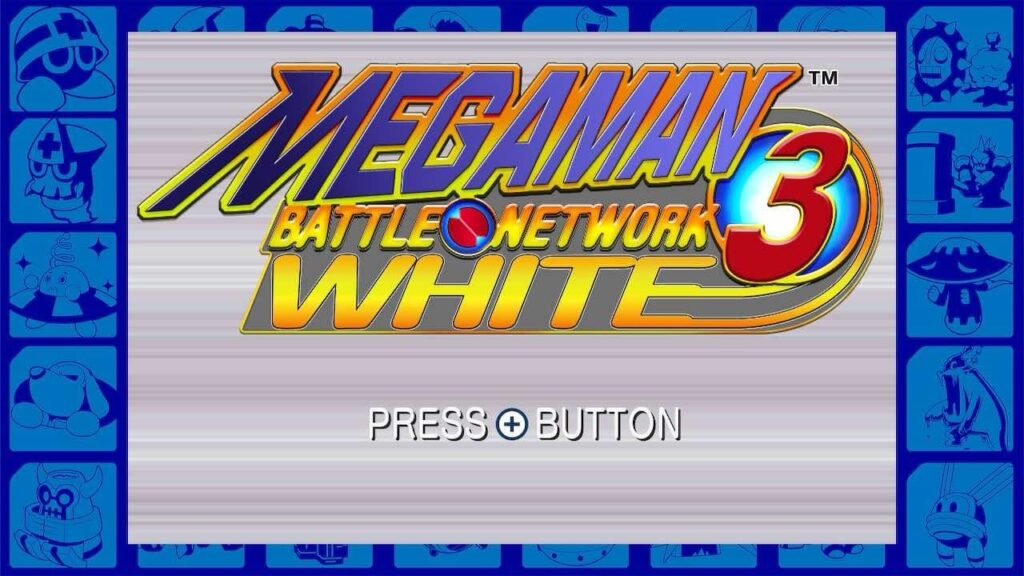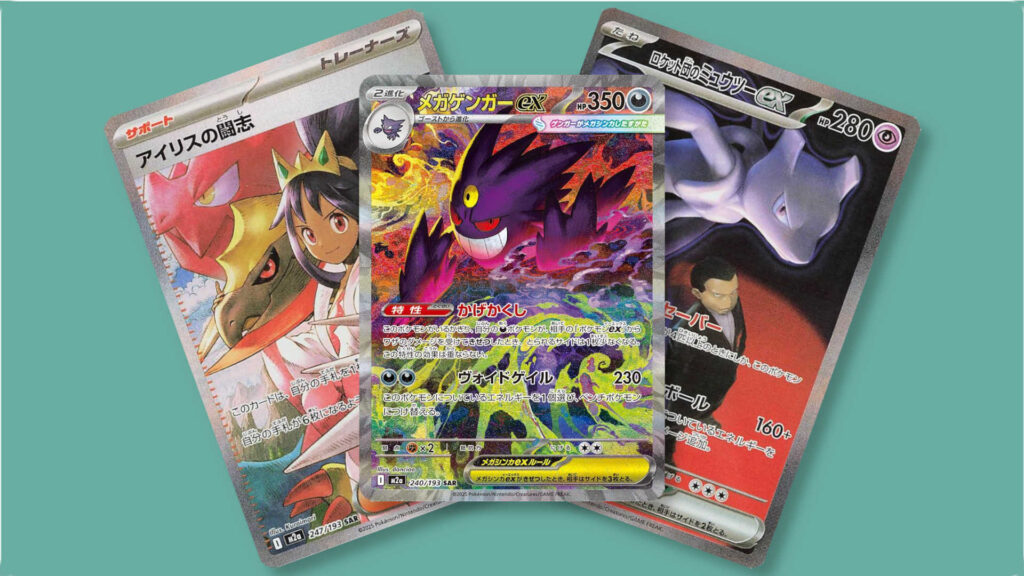Welcome back to Retro-Spective, a series where we review older card game-based video games. Today we’re reviewing Megaman Battle Network (MMBN), a series of games first released in the early 2000s for the Nintendo Game Boy Advance handheld system. They may not look like card gamers at first glance, but a deeper dive will, in fact, reveal the truth about this now nostalgic Capcom series.
MMBN first came out for the Game Boy Advance handheld system, but eventually advanced itself into the Nintendo DS system for its final two installments. Since then, much player acclaim and demand caused Capcom to release the Megaman Battle Network Legacy Collection for the Nintendo Switch console in 2023.
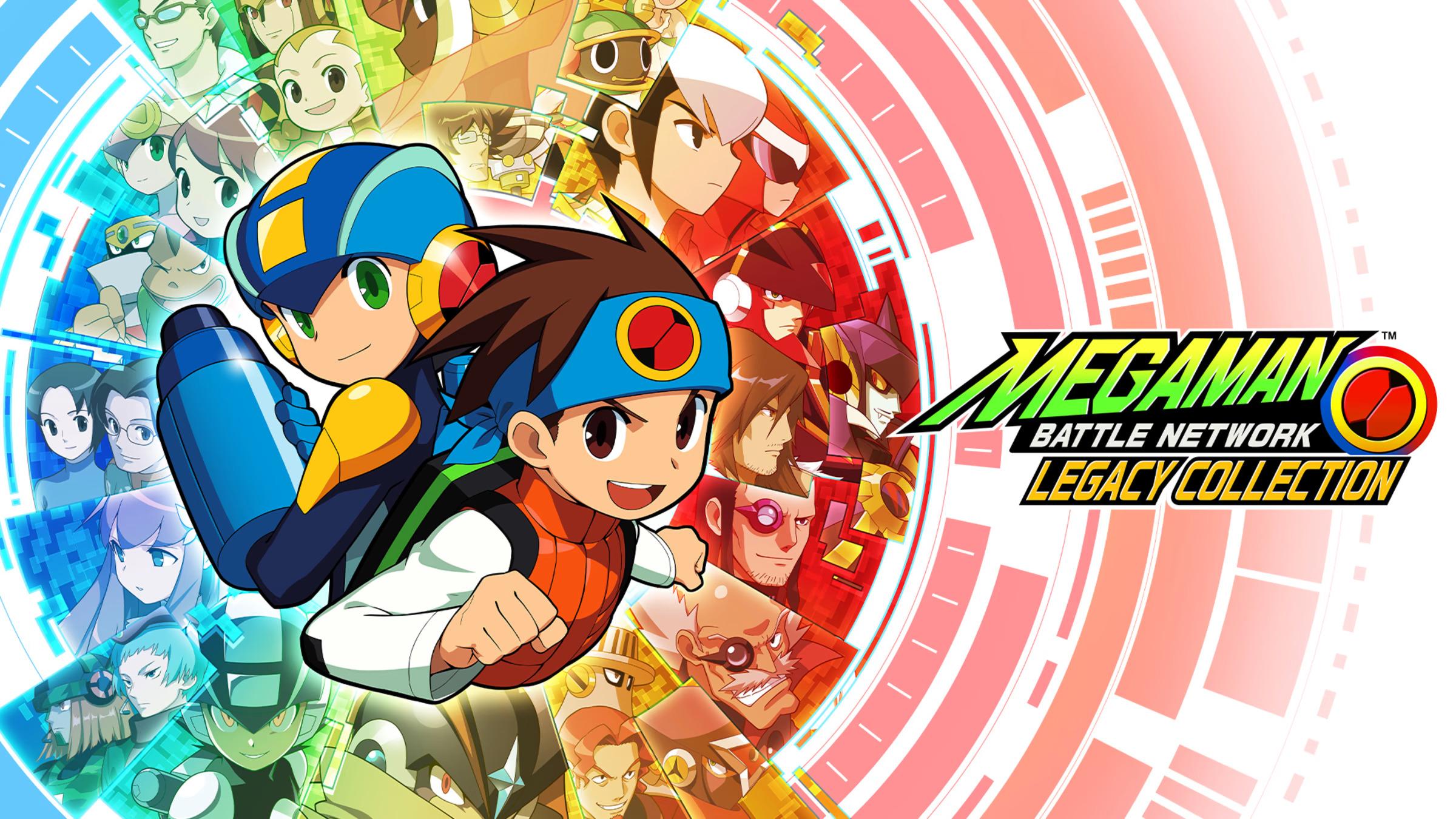
There are six entries in this particular series. I chose the third installment because it feels the most like a card gamer without too many unnecessary additions to gameplay. So, without further ado, let’s take a look at Megaman Battle Network!
Table of Contents
ToggleThe Premise Of The Megaman Battle Network
The plot for this series is relatively similar to the plot of our current state of existence, funnily enough. It’s the 21st Century, and practically everyone has a Personal Electronic Terminal, also known as a “PET.” PETs are essentially smartphones containing an artificial intelligence known as a Network Navigator (in the game, they use the shorthand “NetNavi”). Most NetNavis are generic and are utilized to help their operators with everyday tasks. However, some are specialized to engage in more specific operations, like destroying viruses (also manifesting as avatars of sorts).

Characters In MMBN
Megaman.EXE, the Megaman of this aspect of the Megaman multiverse, is one such NetNavi. His operator, Lan Hikari, is the protagonist of the Megaman Battle Network series, but Megaman himself also qualifies as such in his own right. Megaman’s AI manifestation is actually that of Lan’s twin brother, Hub, who passed away in infancy from a rare heart disease. The PET technology, pioneered by Lan’s grandfather and later Lan’s father, allows Hub to live on, albeit as Megaman.EXE. Lan’s late grandfather is also this game’s analog to the original series’ character Dr. Light.
Of course, many other major Megaman characters exist in this universe as well. Roll is now Roll.EXE, Gutsman is now Gutsman.EXE, and Bass is, well, Bass.EXE (and just as much an antagonist in this series as others). Most other “Robot Masters” from the main game also appear in the series.
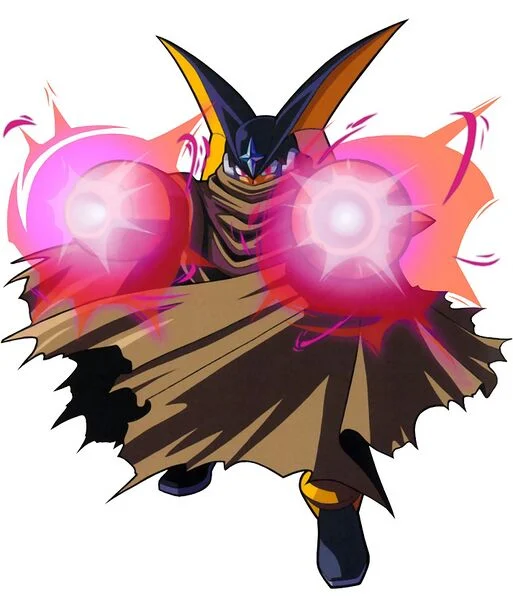
What Makes Megaman Battle Network a Card Game?
I mentioned earlier the NetNavi task of destroying computer viruses. This task is known in the world as “virus busting” and is typically the main means of combat in MMBN. While navigating the Internet in-game, you’ll find random encounters, wherein “viruses,” the minor antagonists of the game, attack Megaman. To face them, Megaman has either his trusty Megabuster weapon or his Battle Chips. The Megabuster is basically a pea-shooter, only doing a base of one damage at a time to enemies with at least 40 hit points. In that way, Battle Chips are usually your weapon of choice. At the start of combat, five Battle Chips are randomly doled out from a chosen subset (or “folder”) of 30 from Lan’s collection. You use these Battle Chips primarily to defeat viruses, and even other NetNavis at times.
If this sounds suspiciously familiar, you’re on the right track. Battle Chips are cards, folders are decks, and the first five Battle Chips Megaman gets in combat are his opening hand. Furthermore, when you defeat an enemy, you have a good chance of receiving a Battle Chip from the spoils of victory.
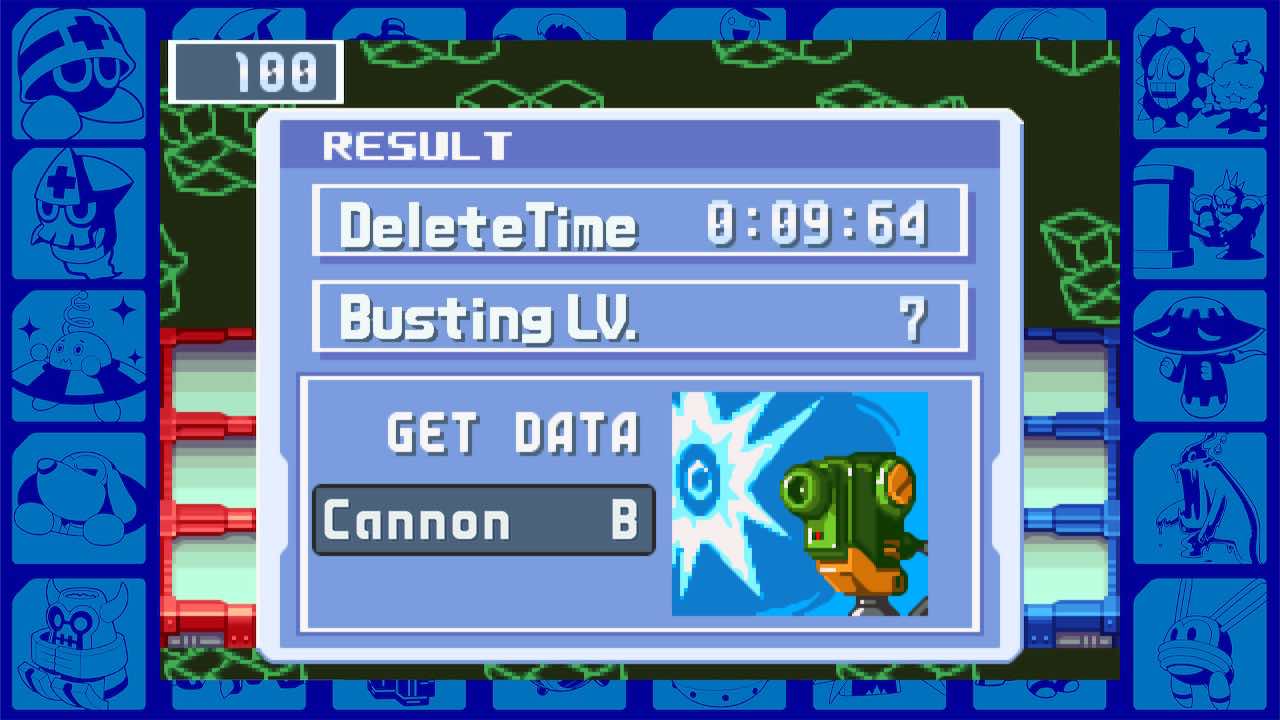
But Wait, There’s More!
The similarities could end here, but what kind of card game retrospective would this be if they did? The mechanics of the game merit that only one kind of Battle Chip can be used at a time, except in one scenario. Each Battle Chip has a name that denotes the kind of Chip it is, but it also has an alphabetical code, such as “Cannon B” (shown in the image above). Cannon B can be used with any “Cannon” Battle Chip, or any Battle Chip with a “B” code.
In this way, certain like-coded chips can be combined for folder optimization or even to create combined Battle Chips. These combinations, known as “Program Advances,” are greater than the sum of their parts in most cases. Probably the best-known Program Advance in the series is “Lifesword,” a combination of Sword, WideSword, and LongSword.
Battle Chips and PvP
Battle Chips are as diverse in application as they are in efficacy. Many Battle Chips are specifically for offense against enemies. Besides these, there are many supportive Battle Chips that augment other chips’ relevance and effectiveness in battle. Some alter the 6×3-panel terrain grid where combat takes place, adding grass and buffing fire-type chips, adding ice panels to create slippery movement, or adding holy-type panels to halve damage while active. Others place obstacles upon the field, obstructing movement and the ranges of attacks. Still more can create barriers or heal back Megaman’s hit points.
What all of these things do is create a metagame where certain chips, and by extension, certain folders, are better than others. This is best seen in player-versus-player gaming. Enemies in Battle Network‘s single-player plotline don’t typically use Battle Chips, rather relying on their inherent abilities and attacks. But, in PvP gaming, every player is piloting Megaman.EXE. Because of this, everyone has an array of 30 Battle Chips at their disposal with which to beat their real-life opponents.
Is Megaman Battle Network Any Good?
If MMBN 3 is any indication, this series is great. Some of the aspects can be decidedly unlike a card game. Namely, this applies to the quick-action style of gameplay. However, the game functions as a collectible card game in many, many ways. There are a ton of collectible Battle Chips in the game, with some only accessible by doing exceptionally well to defeat a given opponent. They all have a function in various parts of the game – there is no specifically useless Battle Chip. And the overall plot of the series is great as well.
There are a few issues the Megaman Battle Network series possesses; most stem from translation errors. One more well-known one is “What a polite young man she was!”, a screenshot that became a meme. Other issues stem from potential cultural insensitivity. Thankfully, this was an issue addressed in the Legacy Collection with a preamble ahead of the game anthology.

Card Gamer Verdict On Megaman Battle Network
Besides those issues, MMBN is a great series from the ’00s. In many ways, human culture has evolved far past some of the concepts brought about by Battle Network. In others, we haven’t even scratched the surface of that speculative potential. As a card game-based video game, it is innovative. However, it may not hit the marks that players might want it to. When I pitched this game to my editor for Retro-Spective, he was unsure about it. He needed a second editorial opinion before greenlighting it, which makes sense, to be fair. It’s not clear to everyone at first glance. However, I recommend this game as a card game video game to many people.
Finally, allow me to recommend this game series to you. Megaman Battle Network is a wonderful retro video game series. Capcom has breathed new life into the games in a big way these past couple of years. If you’ve enjoyed this article’s conveyance of the game’s concepts, you might really like the gameplay on the whole. If you like the Megaman franchise, you might find the Battle Network series a bit quirky, but you may also grow to love it. You won’t know until you try it! Download your copy for the Nintendo Switch here.
Want more Retro fun? Check out our previous articles on Yu-Gi-Oh! Nightmare Troubadour for the Nintendo DS and Kingdom Hearts: Re: Chain of Memories for the Sony PlayStation 2 console.


